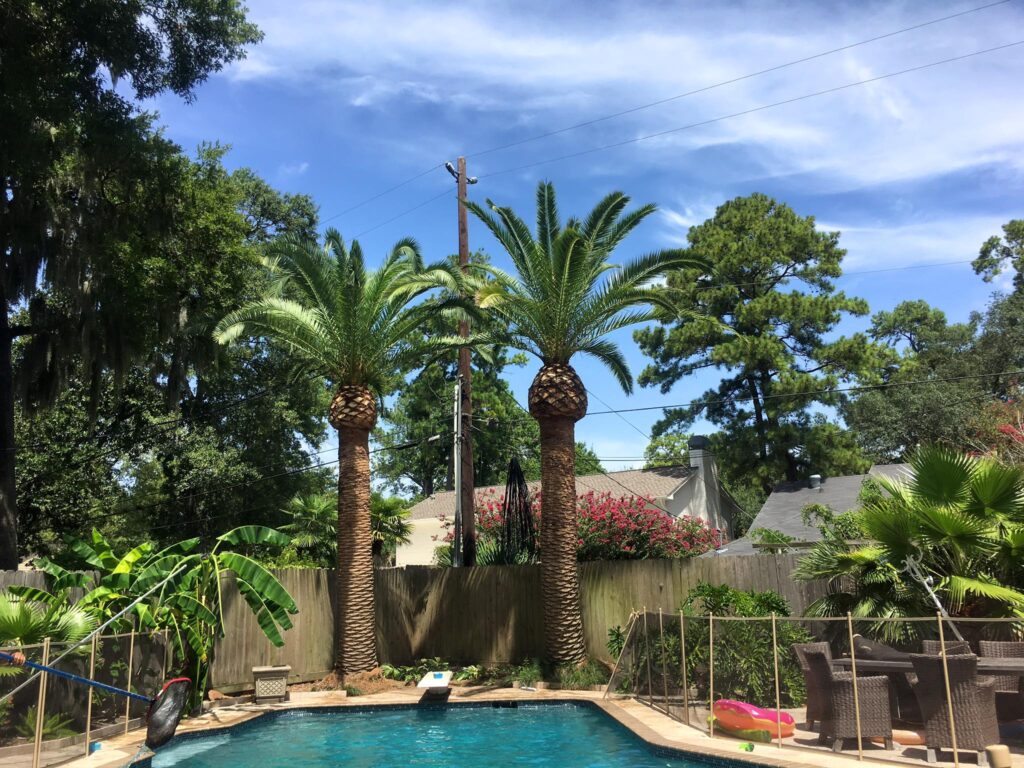
Palm trees bring a fantastic and tropical look. Thus, it is pretty normal that people want to have them on their property. And, of course, try to keep them vigorous to enhance the beauty of their yard.
The problem is that many don’t know how to take care of palm trees properly, and they start overwatering palm trees and doing other things that, although not intentional, can kill them.
Water is crucial for life on the planet. But did you know you can die from drinking too much water? In humans, overhydration can lead to low levels of sodium in the blood, which can be life-threatening. Plants can also die due to overwatering them.
Sadly, people don’t realize they are overwatering palm trees until the trees are too diseased. In this blog post, you will discover 3 early signs of an overwatered palm, tips to save it, and some advice to water it correctly.
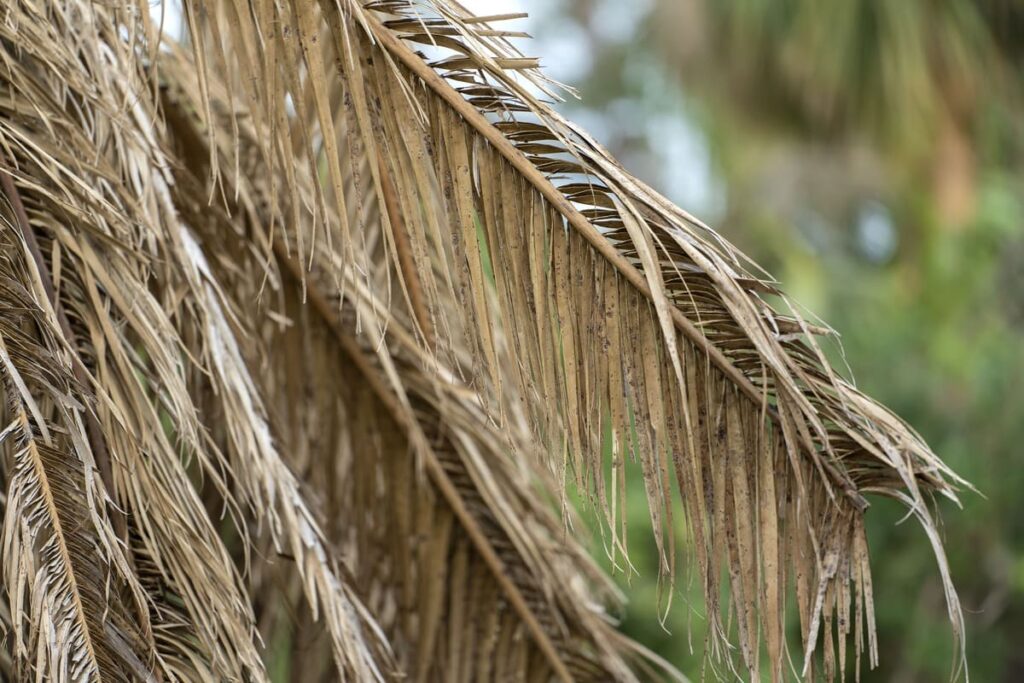
The sooner you stop overwatering palm trees, the more chances you have to save them. Thus, you must always be alert to the first signs of overwatering.
Yet knowing that you are overwatering palm trees is difficult. Sadly, most people don’t notice it until the plant is too damaged and is about to die. So, here you go 3 early signs that will help you to identify an overwatered palm tree:
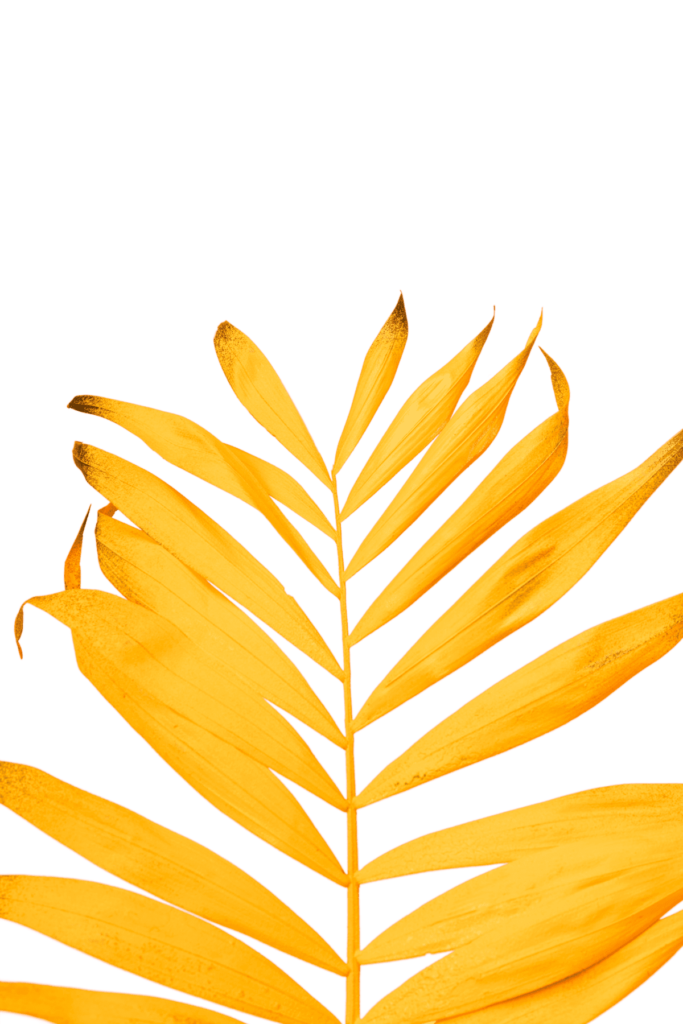
If you notice that the leaves of your beautiful palm tree are turning yellow that is a clear sign that the palm tree is getting overwatered. But be careful not to confuse it with other diseases that other pests like bark beetles can cause.
Changes in the leaves of a tree are among the first signs you will notice when a plant is being watered improperly. Excess water can lead to nutrient deficiencies in the root system, causing the leaves to turn yellow.
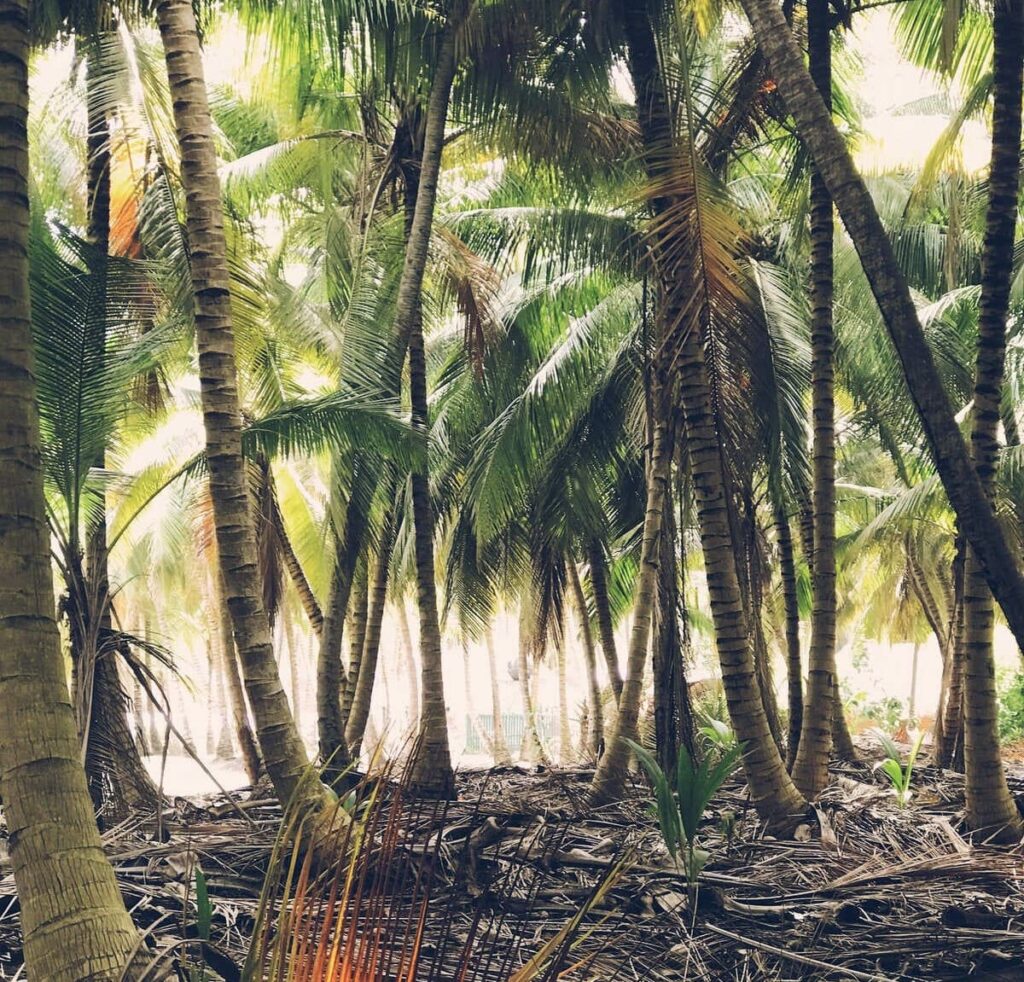
If your tree has started dropping whole fronds, it is a sign you might be giving your palm too much water.
Yes, when a plant is overwatered, it loses its leaves. Overwatering a palm tree disrupts the air circulation in the root system, which reduces the amount of oxygen the plant needs to thrive. This means the root will weaken and cause the leaves to drop.
An evident sign that you are overwatering palm trees is moldy soil.
Overwatering will encourage mold growth. If your plant gets more water than needed, it can quickly foster mold growth; the wet soil will present the perfect breeding ground for the dormant mold spores to thrive.
Now that you know how to identify an overwatered palm tree, you must learn how to save it. You can try some methods if you want to make your palm tree healthy again.
No matter how obvious it may seem, you should first stop watering your palm tree and wait a few days until the soil dries out.
Then, consider re-potting it to a place with well-draining soil and where the plant does not receive direct sunlight. Also, prune the damaged roots. And finally, fertilize your palm tree with balanced and slow-released fertilizer to encourage healthy growth.
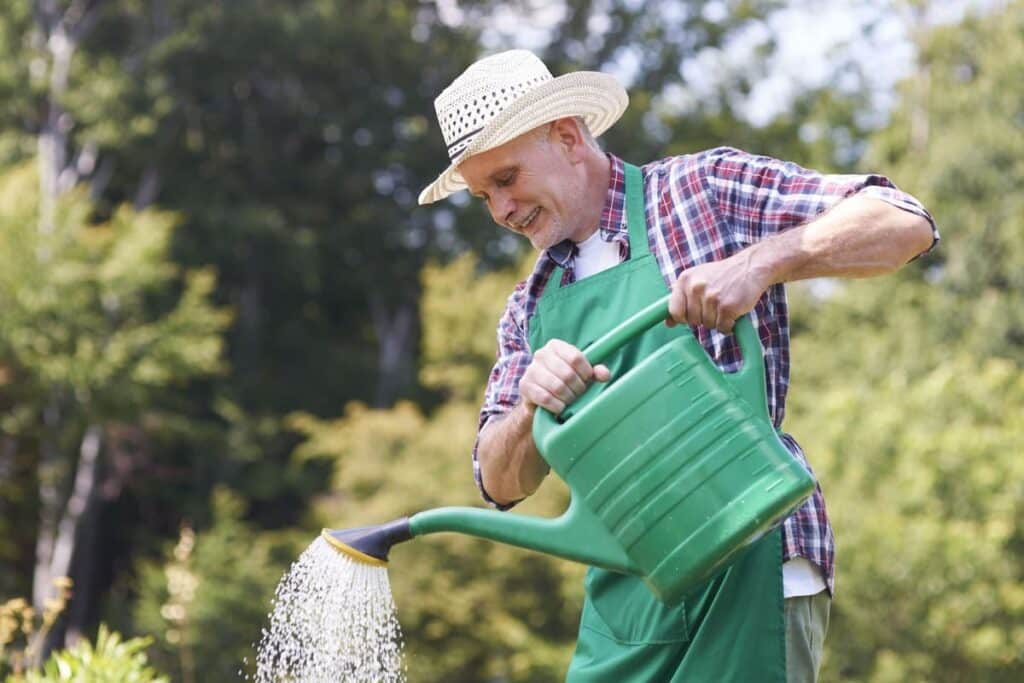
There is no definitive answer for how often and how much to water palm trees. Why? Because it will depend on some factors like
But, as a rule of thumb, doing it twice a week is recommended if it is already established. If it is a new plant, water daily for the first 10–14 days, then every other day, and then 3–4 times a week.
Regarding the amount, if you are dealing with a 10-gallon palm tree, 2 gallons will be enough, and for a 25-galloon palm tree (10–12 feet tall), 5 gallons would do the job. But, as said, the amount can vary; for example, if it is summer, the required water can be doubled.

Ensure to plant your tree in the proper soil and follow the tips we gave you about how to water a palm tree. Additionally, to avoid overwatering palm trees, familiarize yourself with your specific plant needs. You can do this by researching your palm tree’s species.
This way, you can ensure that your palm tree remains healthy; however, if you are dealing with an already overwatered palm tree, you can follow our tips to save it.
But, if it is too diseased and you want to let this into professional hands, the best you can do is contact the expert team from Tree Care Professional; as a tree company with over 22 years of experience, we know how to save a dying tree. And we’ll do our best to make your palm tree healthy again.
Click on the Facebook icon to share this article!